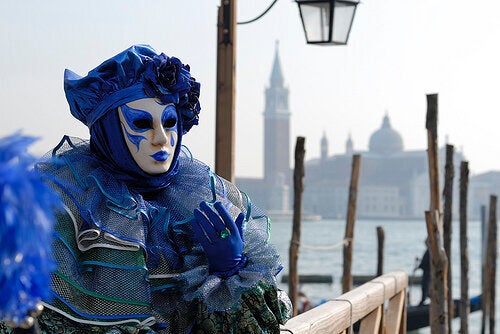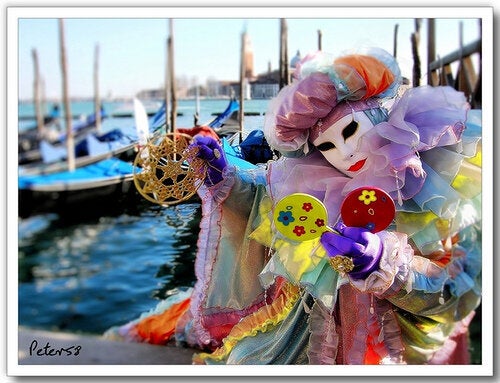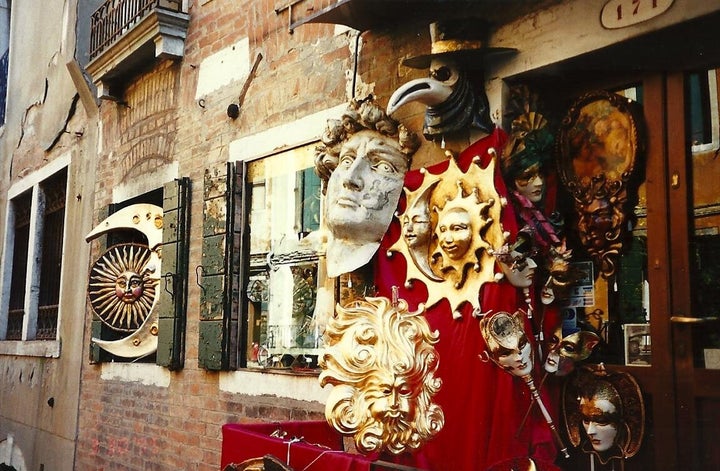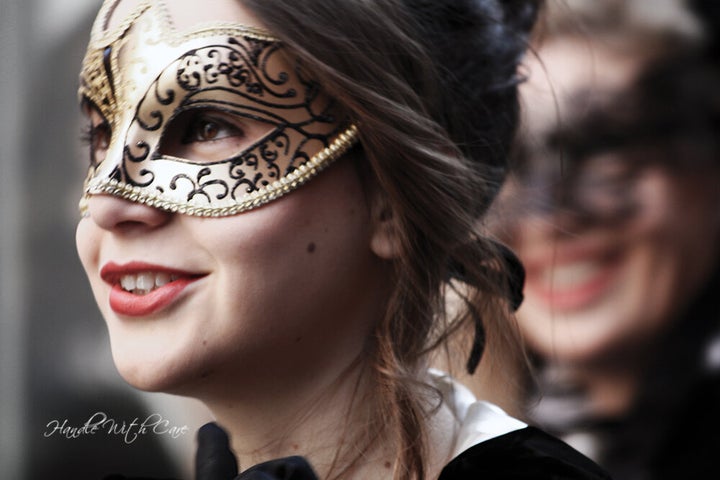
Image © wax0r
Slosh, slosh, slosh; the water breaks against the ancient walls of Venice's canals thanks to a passing water taxi gliding past loaded with commuting locals and fascinated tourists. As this sound blends to become the surprisingly calming soundtrack of a holiday in Venice, the constant proximity to the water makes it not very impossible to see how the city became flooded in October last year. At times from near and afar, Venice seems to carry a lot of doom and gloom on its already weighed down shoulders due to the persistent talk of many that it will soon be swallowed up by the canals that make it such a special place to visit.

Image © Silvia Sala
While you can easily shake your head and indulge this sad prospect over a cappuccino (only before 11.30am, of course) and biscotti as you watch the world go by in St Mark's Square, we recommend instead that you seek out something else. Something very special that happens every year without fail and without any doom nor gloom, just plenty of elegance, colour and tradition. It is the event of the year in Venice's calendar and it explains why you'll find rows and rows of masks in the souvenir shops and how you will find the magic of Venice is still alive and kicking. The Carnival of Venice traditionally ends at midnight on Shrove Tuesday, which is on 12 February this year and began the day after Christmas, 26 December also celebrated as St Stephen's Day, though city wide organised events take place during the first two weeks of February.

Image © D.mallory
The Carnival of Venice's story dates back nearly a thousand years when a party was held to celebrate the victory of the Republic of Serenissima, Venice's dreamlike ancient name. Dancing and celebrating took place on St Mark's Square and a tradition was born, however, it's not known if those famous masks were part of the party back then. The earliest references to masked men and masks being worn in Venice date back to the thirteenth and fourteenth centuries when laws decreed that it was illegal for masked men to gamble and it was against the law to visit a nun's convent while donning a mask.
There is further evidence to suggest that it was a practice adopted by all levels of society from masked criminals to aristocrats indulging in fruity activities with ladies of the night, who were also often masked. This confirms one of the most commonly believed reasons why masks were worn in the first place; to hide and protect one's identity. The fifteenth century saw the popularity of masked balls and carnivals take off across Europe, with masks crafted from traditional Venetian Mascherari (mask-makers) being true objects of desire. By this point masks were an integral part of any event in Venice, from cultural to political, the act of wearing a mask in government providing anonymity in democratic voting. Royalty across the globe took influence from Venice, hosting their own versions of masked balls and ordering their own masks from the most famous Venetian workshops.

Image © opacity
It may, therefore, surprise visitors to Venice to know that after centuries of tradition the Carnival of Venice ceased to be a regular event on the calendar of Venetians during the 1700s, possibly due to local laws aimed at banning masks being worn because of their association to criminal activity or perhaps because it was a fashion that finally faded. Then in 1979 the Italian government brought it back with much pomp and ceremony including a competition for the most beautiful masks, an award much coveted by those who continue the Venice tradition of creating masks made from porcelain, glass or leather featuring details in gold, silver, precious gems and feathers. Over thirty years later the Carnival of Venice continues to be the city's most famous annual event.

Image © .-. Handle with care .-.
And so back to that coffee in Piazza San Marco and the sloshing of water all around you. As you contemplate ordering another, you spot a robed man with his family crossing the square diagonally and wearing a full face mask - also known as Bauta, and traditionally only to be worn by residents of Venice - and as with many of the people you have watched walk by you ponder where they're going, what they're doing. Well, we recommend you get up and follow them down Venice's historic streets that show few signs of going anywhere despite the predictions of some, because if there's a tradition that celebrates Venice as a city both now and then, it's the Carnival of Venice and it's waiting for you to be a part of it too.

Image © ¡Carlitos